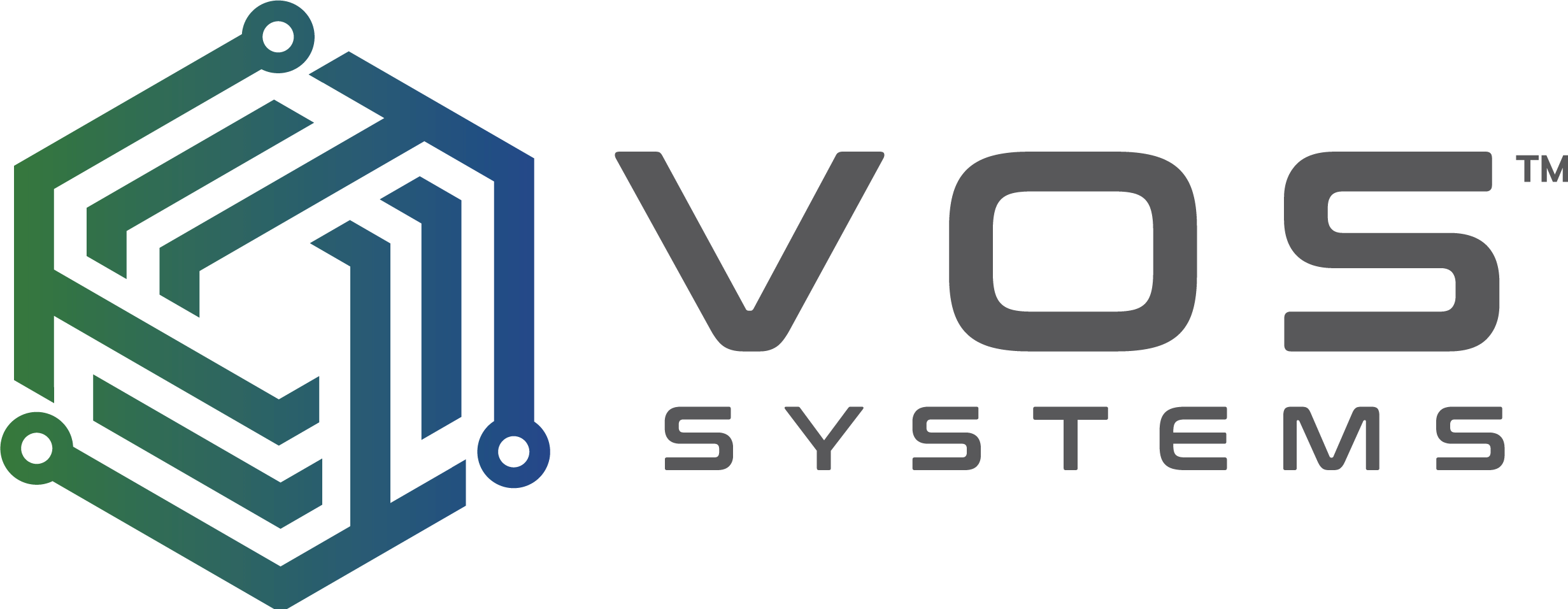03/30/2023—Every day there’s a new phone app trying, and often failing, to provide accurate timekeeping. Hundreds of mobile apps are available to streamline timekeeping, but most of the time these solutions don’t work. As phones become necessary to our everyday lives, they’d appear the logical solution to replace the physical timeclock. While phone apps try to meet this demand, they often fail due to technical issues, inaccessibility, and lack of data. Below are common disturbances with app-based timekeeping, and how IoT like CoRe can meet this challenge where apps fall short.
-
Privacy Concerns
A key issue with deploying a mobile timekeeping apps is employee privacy. Requiring workers to download apps, which could leave their personal data vulnerable, has been met with hesitancy. According to a study by Avira, 71% of Americans say they won’t use contact tracing apps, with many citing potential privacy and security issues.1 Not only that, but a phone application follows workers home, on their weekends and outside of work locations, which raises valid privacy concerns. Requiring phone apps can be discriminatory, as not every employee may have a cell phone for personal reasons.
-
Misuse
With a physical timeclock there have been cases of employees punching in for their coworkers, if they have access to their timesheet, either on purpose or by human error. While people are much less likely to misplace their phone, mobile apps are far from error proof. Without needing to be at the actual work location to clock in, an employee may advantage of the ability to clock in from anywhere, such as when running late or taking a long lunch. Apps are trying to deter this by having location services enabled, however this brings up privacy issues yet again.
-
Training & Alignment
Varying levels of technological prowess are another issue facing timekeeping apps. As easy as it comes to some people, others may struggle to use technology. As a result, employers may require necessary trainings to ensure they workforce use an app properly and everyone is able to access it. Even with proper training, human error is to be expected, which can create chaos for payroll.
-
Data Risks
Having employees download IoT apps on their phones not only puts their personal data at risk, but the company’s data as well, as mobile devices continue to strive for total data security. In a study by Appthority, nearly 1 million phone apps across iOS and Androids were surveyed, finding that at least 80% of mobile apps had a security or privacy issue that put enterprises at risk.2 This means any company data collected or shared between an employee’s phone and your servers could be a liability.
-
Safety & Emergency Issues
If you’re looking for apps to enhance company safety, like accident prevention or lone worker monitoring, mobile apps have shortcomings. For example, if an employee suffers a serious injury, such as a fall or struck by incident, they may have to unlock their phone, open the app and then login, all before they can alert management. These steps can take up critical time when your employee needs medical attention. The last thing needed in an emergency is to have to scroll through your phone settings and waste precious time.
-
High Costs of Cumbersome Company Phones
There is the option to supply your employees with company-issued phones, which can eliminate some privacy issues, but company phones come with their own problems. Along with the staggering costs this method can raise, mobile apps are still opening company data to possible risks, no matter whose device you use. With monthly data plans to figure in, the cost of each cellular device and yearly to bi-yearly upgrades of devices becomes quite large. It can also be cumbersome to employees having to always keep a company-issued device on them, which can quickly evolve into a juggling act between their company phone, their personal device and even personal protective gear (PPE) in many cases.
-
Inconsistent Data & Usage
Consistency is another major issue with phone-based safety and productivity solutions. When utilizing these types of programs, employees are expected to always have their phones on them. Employees may forget their phones at their desks, leave them at home, lose their phones or damage them. All of these are examples that can create gaping holes in your safety and productivity data. There are also hardware inconsistencies with the differences between Androids and iOS systems, and the differences between phones capabilities leading to inconsistent data and errors in timekeeping reports.
CoRe Is Here To Help
CoRe’s personal safety device wearables (PSDs), makes phone app issues a thing of the past. The PSDs are dispensed to your workforce, with no imposition to their personal data or yours. PSDs are worn at work only, streamlining everything from safety to productivity, and employee profiles assigned to each device for tracking training and safety records. Data is encrypted end-to-end, and you can anonymize employee identities as well, so only designated admins have access to personal information. With CoRe’s PSD wearables, employees are automatically clocked in as soon as they activate their wearable, helping alleviate issues caused by human error.
Contact us today to learn more!
…
1 Survey says majority of Americans won’t use covid-19 contact-tracing apps. Healthcare IT News. (2020, June 16). Retrieved October 28, 2021, from https://www.healthcareitnews.com/news/survey-says-majority-americans-wont-use-covid-19-contact-tracing-apps.
2 Musthaler, I. T. B. P. B. L., & Musthaler, L. (2013, February 1). At least 80% of mobile apps have security and privacy issues that Put Enterprises at Risk. Network World. Retrieved October 28, 2021, from https://www.networkworld.com/article/2163225/at-least-80-of-mobile-apps-have-security-and-privacy-issues-that-put-ente.html.
3 Resources, E. H. S. I. (n.d.). Most common workplace injuries: OSHA 2020 List. EHS Software. Retrieved October 28, 2021, from https://www.ehsinsight.com/blog/most-common-workplace-injuries-osha-2020-list.
Bucki, J. (2019, November 20). Does your employee need a company cellphone? learn the pros and cons. The Balance Small Business. Retrieved October 28, 2021, from https://www.thebalancesmb.com/top-reasons-to-give-an-employee-a-company-cell-phone-2533551.





